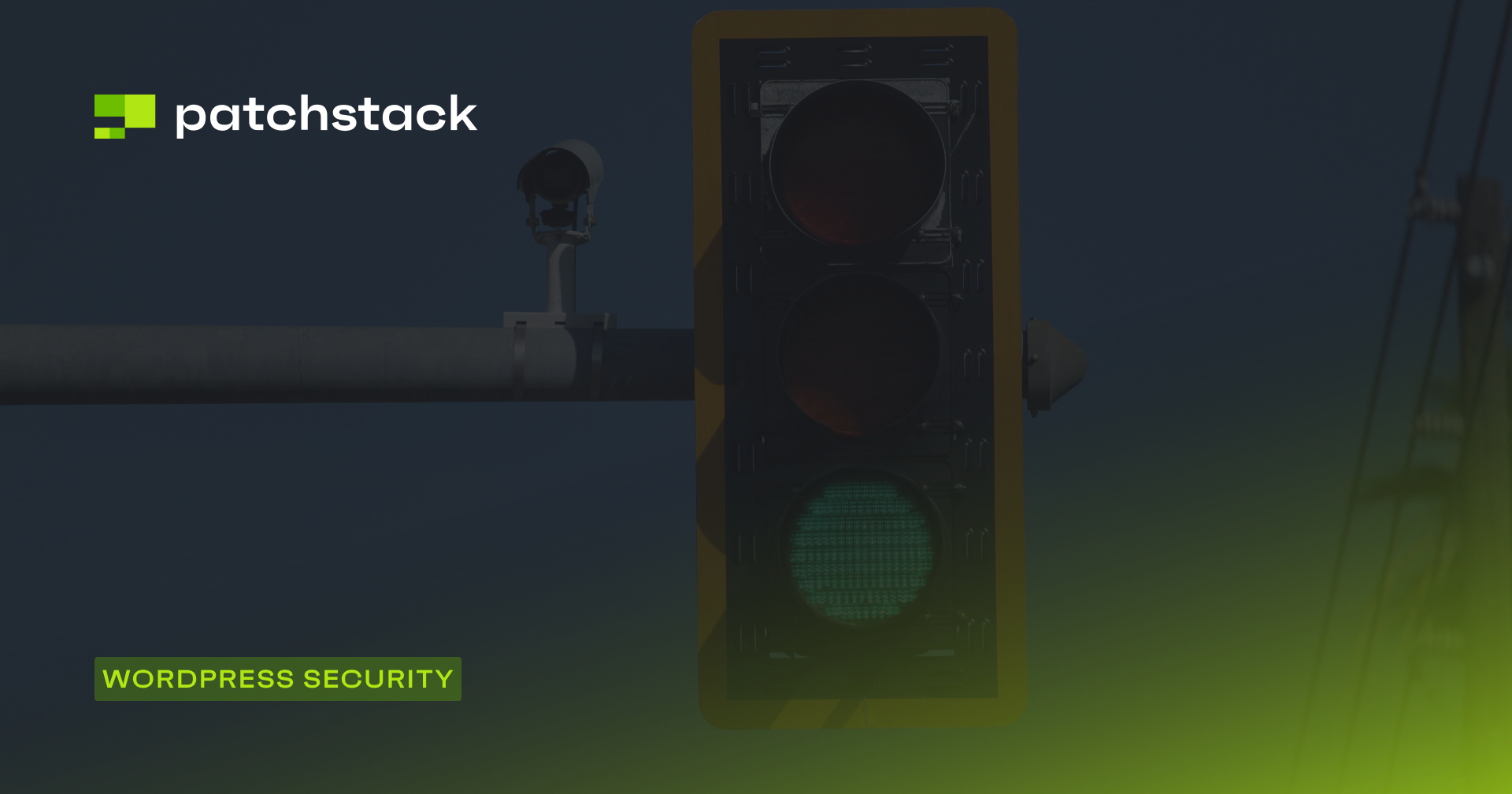What is XML-RPC, and why should you be concerned with disabling it in WordPress?
There’s a price to be paid for popularity. While WordPress's phenomenal rise in popularity has resulted in 810 million websites being built with it, and a staggering 43% of all websites powered by it, security can be a justifiable concern.
After all, one small bug or security failure and a good proportion of the internet is immediately vulnerable – something very likely to become of great interest to hackers.
WordPress does have some features that can potentially pose security risks if not configured properly. One of these features is XML-RPC. Just having XML-RPC enabled on your website doesn’t mean your website can be hacked, but it does open up another endpoint on your website that attackers will try to exploit.
In this post, we will cover what XML-RPC is, and understand why it is used in WordPress. We will also discuss why XML-RPC is no longer the recommended method of accessing your website remotely.
Let’s get started!
What is XML-RPC?
XML-RPC is a way to execute remote procedure calls (RPC) over the network. It is a protocol that encodes data in XML format and transfers it over HTTP. This means that it allows external applications or services to communicate with a remote server and perform actions on the site, such as posting new content, updating existing content, retrieving information, and more.
Why is XML-RPC relevant in WordPress?
XML-RPC was introduced in WordPress 1.5 in 2005 to provide a way for third-party applications or services to interact with WordPress. For example, XML-RPC enables users to use desktop or mobile apps to manage their WordPress sites, such as WordPress for iOS, WordPress for Android, etc.
It also allows you to use pingbacks and trackbacks to notify other blogs that they have linked to their posts or pages and receive notifications from other blogs that have linked to their posts or pages.
Why is XML-RPC no longer used?
While it’s a useful feature to have, many people now advise against using it for accessing WordPress because:
- It has been replaced by more modern and secure methods of communication, such as the WordPress REST API, which uses JSON instead of XML and supports authentication via OAuth 2.0 or cookies.
- It has been exploited by hackers and malicious actors to launch brute force attacks and distributed denial-of-service (DDoS) attacks.
These attacks use XML-RPC to send multiple requests to WordPress with different usernames and passwords or to send requests to multiple WordPress sites with the same payload, to gain access to the site, consume server resources, or disrupt the site’s functionality. - Since it can be used for a wide range of tasks on your WordPress site including creating, editing, and deleting posts; attackers can use it for posting spam content, and perform other malicious activities.
How can XML-RPC be a security concern?
Although merely enabling this functionality does not mean that your website will be hacked, it still raises some security concerns for WordPress users because:
- It can be used to bypass security measures, such as firewalls, captcha, two-factor authentication, etc., that are implemented on the WordPress login page, as XML-RPC does not require these measures to authenticate users or perform actions on the site.
- It exposes WordPress sites to potential attacks from external sources, as anyone can access XML-RPC and send requests to WordPress without any authentication or verification.
- An attacker can exploit the pingback mechanism by sending fake pingback requests to a target site, using other sites as proxies. The attacker can use a script or a tool to generate a list of sites that have xmlrpc enabled, and then use them to send pingback requests to the target site.
The attacker can also spoof the source URL to make it look like the pingback is coming from a legitimate site. This way, the target site will receive a large number of requests from different sources, and will have to verify each one of them. This can consume a lot of server resources and bandwidth, and eventually cause the target site to crash or slow down.
How to disable XML-RPC in WordPress?
There are several ways to disable XML-RPC in WordPress, depending on the user’s preference and technical skills. Some of the common methods are:
Using a plugin
Several plugins can disable XML-RPC in WordPress, such as Disable XML-RPC, or Stop XML-RPC Attack. These plugins can be installed and activated from the WordPress dashboard and will block any requests to XML-RPC. It is a quick and easy way to disable this functionality without needing to learn how to code.
Using .htaccess
The .htaccess file is a configuration file that can be used to control the behavior of a web server. Users can edit the .htaccess file and add the following code to disable XML-RPC:
<Files xmlrpc.php>
order deny,allow
deny from all
</Files>This code will prevent any access to XML-RPC from any source.
Wrapping up
XML-RPC is a feature in WordPress that enables remote communication and interaction with WordPress sites. However, it also poses security risks and vulnerabilities that can be exploited by hackers and malicious actors. Therefore, it is recommended to disable XML-RPC in WordPress unless it is necessary for the user’s needs.
In this post, we have discussed how users can disable XML-RPC in WordPress using plugins or .htaccess – depending on their preference and technical skills. By disabling XML-RPC, users can improve the security and performance of their WordPress sites.
Another great way to block XMLRPC is by using Patchstack.
Patchstack is a powerful tool that helps to protect your WordPress applications from attacks and identify security vulnerabilities within all your WordPress plugins, themes, and core. It is powered by the WordPress ecosystem's most active community of ethical hackers and is trusted by leading WordPress experts.
Don't let hackers ruin your website. Start using Patchstack today and get access to real-time protection, automatic updates, vulnerability database, security reports, and more!
Sign up for a free plan and see for yourself why Patchstack is the best WordPress security solution.





